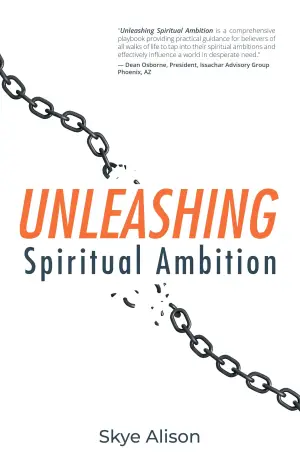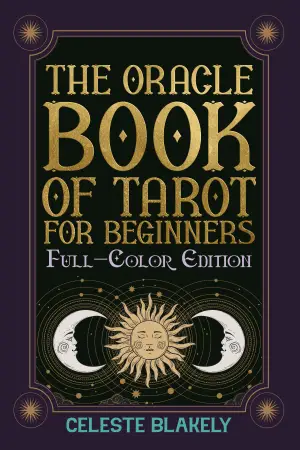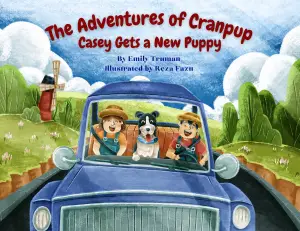
01 May Book Review of The Emotion Thesaurus: A Writer's Guide to Character Ex…
Discovering Emotion through Words: A Review of The Emotion Thesaurus
When I first stumbled upon The Emotion Thesaurus: A Writer’s Guide to Character Expression by Angela Ackerman and Becca Puglisi, I was immediately intrigued. The concept of a thesaurus dedicated to emotion sounded like a treasure trove for writers like me, seeking to infuse our prose with authentic feelings without resorting to cliches. I wondered if this book could really help me articulate the complex tapestry of human emotions in my writing—and I’m thrilled to say that the answer is a resounding YES!
From the moment I delved inside, I felt like I had been given a key to a hidden realm of creativity. Ackerman and Puglisi, the talented minds behind the renowned writing blog The Bookshelf Muse, have indeed crafted a brilliant resource. The book was originally birthed from blog posts, now streamlined into an accessible reference guide. This thoughtful transition means that every page is packed with insightful guidance tailored for writers eager to enhance their emotional portrayal.
What truly stands out about The Emotion Thesaurus is its comprehensive exploration of emotions. For instance, say you’re penning a heart-wrenching scene where your protagonist confronts a betrayal. You might initially write: “She was so hurt by Barry’s betrayal and wanted to throw up.” But armed with this thesaurus, you can elevate your expression exponentially. Flipping to "Hurt," you discover a treasure chest of physical signals such as "eyes widening yet brows furrowed" and internal sensations like "a painful tightness in one’s throat." This guidance allows you to transform your writing into something far more powerful: “Her head began to spin. She swallowed down hard on the painful realization. He’d been lying to her? She gagged on the knot in her throat, clenching her stomach to keep its contents from rising.”
The sheer breadth of emotional categories covered is astounding. The authors include sub-lists for mental responses, cues of long-term and suppressed hurt, and even a helpful writing tip for each emotion chapter. It’s as if they preemptively addressed the struggles we all face when trying to depict nuanced emotions, making it a book I’ve reached for nearly every day in my current writing project.
One significant strength of The Emotion Thesaurus is its approachable writing style. The pacing is deliberate without feeling slow, making it enjoyable to navigate. I often found myself pausing, reflecting on how such insights could enhance my narrative. Each section is crafted with clarity, allowing for immediate application.
If you’re a writer looking to breathe life into your characters or a reader fascinated by the mechanics of storytelling, then this book is for you. The Emotion Thesaurus serves as more than just a reference; it’s an invitation to dive deeper into the emotional essence of your work. Personally, my writing has blossomed, transforming mundane expressions into vivid, emotional experiences thanks to this guide.
All in all, whether you’re crafting a poignant scene, developing rich characters, or simply seeking to understand the depths of human emotion better, The Emotion Thesaurus is an invaluable companion. It has not only enriched my writing journey but has also ignited a newfound passion for exploring the intricate emotional landscape that makes stories resonate with readers.
For more thoughts and experiences on this remarkable resource, feel free to check out my blog at Cathy Keaton Writes!
Discover more about The Emotion Thesaurus: A Writer's Guide to Character Ex… on GoodReads >>









